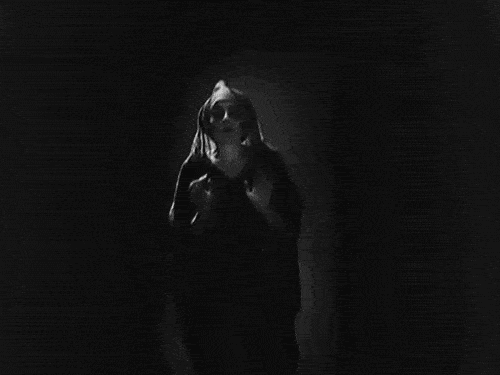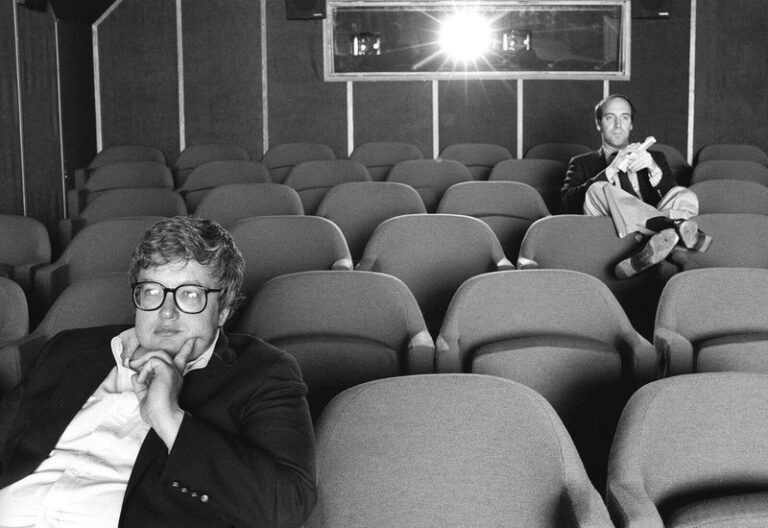french impressionist cinema
est. 1918 – 1930
French cinema has always been at the forefront of cinematic innovations, and one of its most remarkable and influential periods is the era of French Impressionist Cinema. Rooted in the artistic revolution of the late 1910s, this film movement unveiled a new dimension of narrative, aesthetics, and the emotional resonance in film.
Published by: CinemaWaves Team | Filed Under: Film Movements
Origins of French Impressionist Cinema
In the wake of the cataclysmic World War I, and its devastating effect on France and its people, a deep undercurrent of existentialism followed through the cultural landscape. It was in this atmosphere of post-war contemplation that a hunger for a new artistic language emerged – one capable of capturing the complexities of life and the depths of human emotion, reflecting a world irreversibly altered by the trauma of the Great War.
Much like the visual innovations of Impressionist and Post-Impressionist painters such as Claude Monet and Vincent Van Gogh, the French Impressionist cinema found kinship in celebrating the transitory qualities of light and color. It was not just an artistic revolution but a also a philosophical one, elevating film from mere entertainment to a tool for introspection. Arguably, French Impressionism laid the groundwork for modern film theory, starting the development of scholarly film criticism and formal analysis.
The movement was also heavily influenced by the broader cultural and intellectual currents of the time, including the rise of psychoanalysis and the exploration of the subconscious. Filmmakers wanted to capture the fleeting, subjective experiences of their characters, emphasizing mood, atmosphere, and inner emotional states over linear narratives. This approach aligned with the contemporary artistic movements in literature and painting, which were also moving away from traditional forms and conventions.

Characteristics, Prominent Filmmakers and films
French Impressionist Cinema is characterized by its non-linear editing, innovative lighting techniques, sequences of dreams and fantasies, and various creative approaches to narrate stories. While these techniques are widely familiar to contemporary film enthusiasts, their integration into cinema owes much to the pioneering work laid by movements like French Impressionism. For instance, Abel Gance introduced the concepts of widescreen format and fast cutting (a film editing technique which refers to a series of extremely short shots strung together to tell a story) to elevate his 1927 film, “Napoleon.”
The Impressionist cinema grappled with the complexities of urban life, technological advancements, and the human experience in the modern world. It offered a unique lens through which to view the societal changes of the era. Filmmakers focused on delving into the inner world of characters, their emotions, desires, and landscapes of their consciousness. Jean Epstein’s film “The Fall of the House of Usher” (1928) explored the mysteries of time, memory, and human perception, creating a dreamlike narrative tapestry.
Notably, French Impressionist Cinema provided a platform for female directors like Germaine Dulac to make their mark in a male-dominated industry, addressing themes like gender roles and sexuality. She is best known today for her 1922 Impressionist film, “The Smiling Madam Beudet,” which delved into the emotional depths of women’s subjectivity. It is often viewed as one of the first feminist films.


Legacy and Influence of French Impressionist Cinema
Though its peak was brief, the legacy of French Impressionist cinema continues to resonate in modern filmmaking. The movement’s emphasis on conveying emotional depth and subjective experience through visual experimentation has left a great mark on contemporary directors. Filmmakers like Terrence Malick and David Lynch have drawn from Impressionism’s stylistic innovations, as well as the French New Wave’s Jean-Luc Godard, known for his rejection of conventional narrative structures.
The influence of French Impressionism extends beyond its visual style, shaping the philosophical approach to cinema. By prioritizing mood and atmosphere over linear storytelling, the movement redefined film as a medium of personal expression and subjective interpretation. It opened the door for experimental cinema and invited viewers to actively engage with the film, making French Impressionism a cornerstone of cinematic history.
Refer to the Listed Films for the recommended works associated with the movement. Also, check out the rest of the Film Movements on our website.
German Expressionism stands out as one of the most distinctive styles in the era of silent film. Expressionism, as an artistic movement, originally emerged in poetry…
The French New Wave, or La Nouvelle Vague, is one of the most iconic and influential film movements in the history of cinema. Emerging in the late 1950s and flourishing…
Surrealist cinema originated in the 1920s as an extension of the broader Surrealist art movement, which itself grew out of the Dada movement that arose during and after World…
Silent films, originating in the late 19th century, represent the foundation of modern cinema. Characterized by their lack of synchronized sound, these films relied on visual storytelling…
Film theory is the academic discipline that explores the nature, essence, and impact of cinema, questioning their narrative structures, cultural contexts, and psychological…
Film criticism is an essential part of cinema, serving as a bridge between filmmakers and audiences. It focuses on analyzing, evaluating, and interpreting films, while providing…






